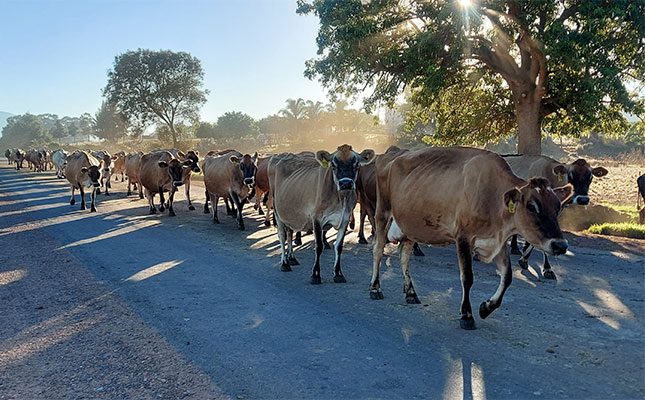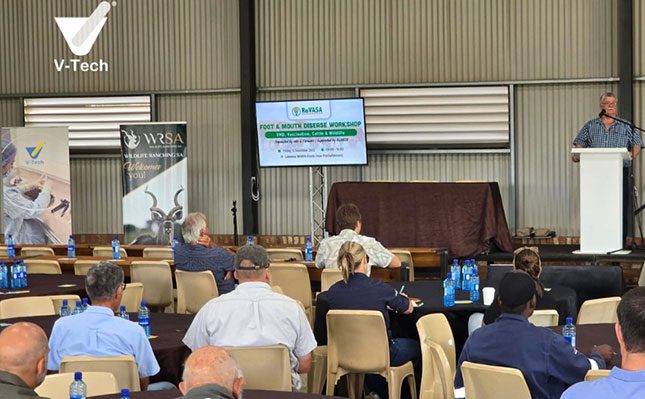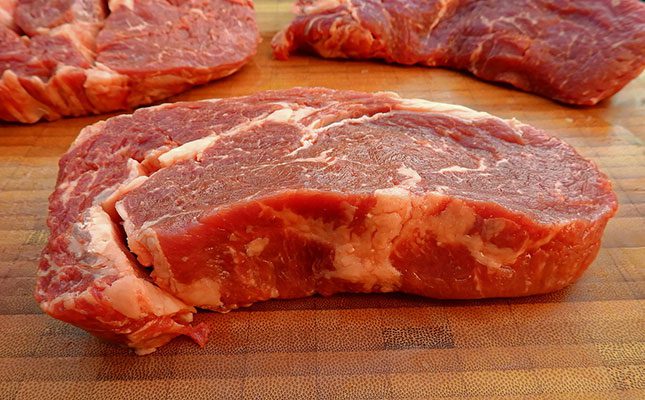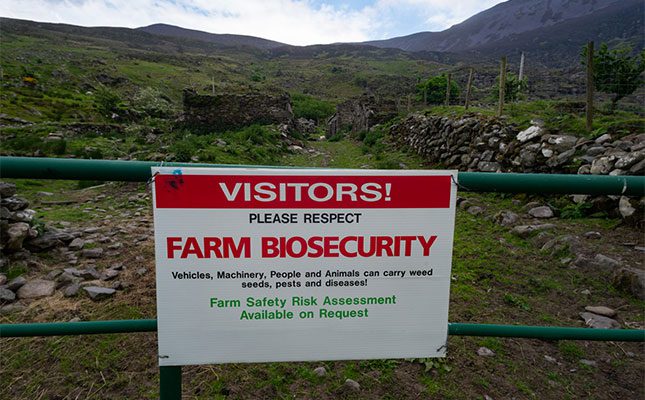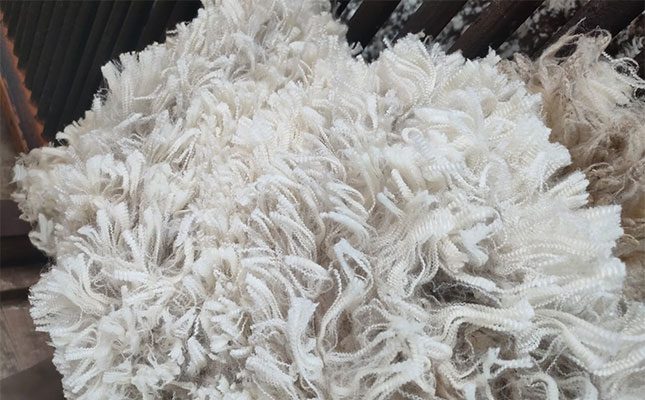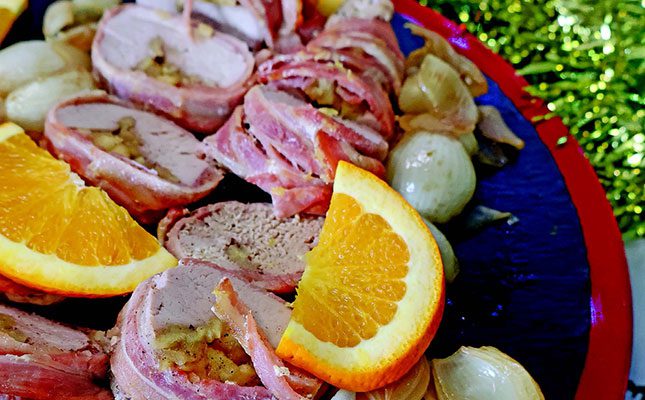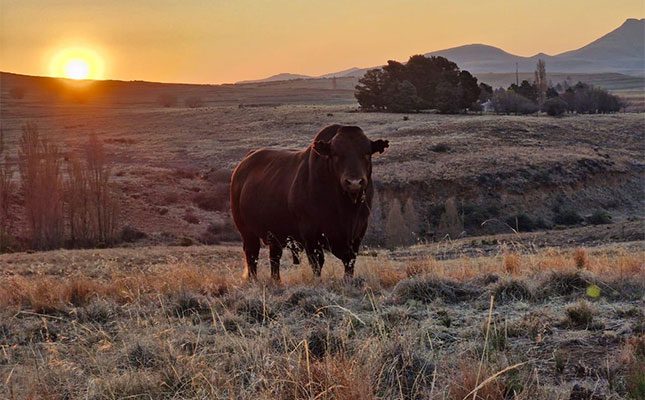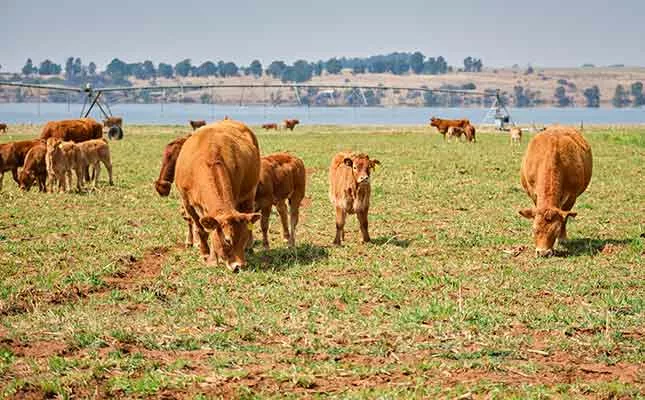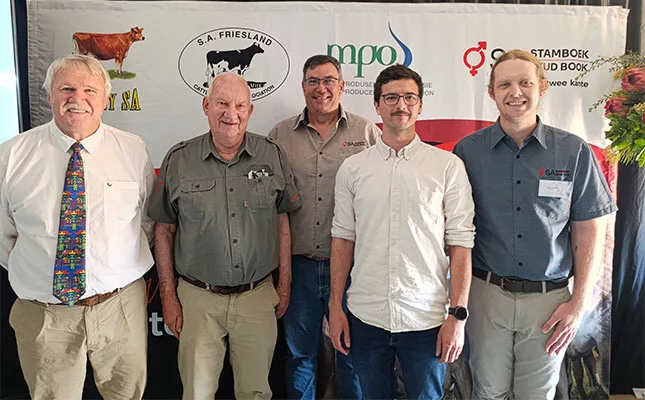
Photo: Glenneis Kriel
Profitable dairying starts with selecting cattle that suit both market demands and production conditions, said Kassie Kasselman, dairy production manager at Van Greenen Boerdery in George. Regardless of production system, he emphasised that longevity, udder health, and reproduction remain non-negotiable.
He encouraged farmers to diversify income to reduce risk by, for instance, using beef semen on terminal cows to produce calves for the beef market or selling breeding animals to farmers who need it. Additional income could also be generated by selling manure for fertilisation, and surplus milk directly from the farm.
“You could create a niche by selling organic or free-range milk, but remember that consumers like products with a story,” he said.
Kasselman also stressed the importance of tight financial control: “Check cash flow monthly, not just annually. You’ll spot problems early and make better decisions. Every rand counts if you want to survive as a dairy farmer today.”
Pooling resources to negotiate better prices and reduce costs was another of his recommendations.
Cornelius Nel, animal scientist at the Western Cape Department of Agriculture, highlighted the value of genomic testing, which uses DNA to predict traits such as fertility, feed efficiency, and disease resistance.
While genomic testing has great potential, he warned that it should complement (not replace) visual assessments, performance records, and sound management: “Producers have to decide for themselves which traits are important for their production system and see genomic testing as one of the tools they can use to increase selection accuracy and thereby achieve those targets.”
Jason Redding, livestock geneticist at SA Stud Book, said genomics can help fill pedigree gaps, identify valuable genes, and detect harmful mutations linked to calf or production losses.
He noted that one in 10 Jerseys carries the HH5 gene, which causes embryonic death, and stressed the need to breed it out. In order to do this, farmers would have to identify all the animals carrying the gene, and ensure they only use bull genetics without the HH5 gene to get rid of the gene in their herds.
The DGAT1 mutation, by contrast, boosts butterfat and protein but can reduce milk yield.
Speakers agreed that improving dairy profitability requires a multifaceted approach that includes smart breeding, tight financial oversight, and creative marketing to build more resilient and competitive operations.

